
Serrano, Iberian Ham, Pata Negra, Prosciutto, Parma Ham? Understand the fundamental differences between these, the greatest delicacies in charcuterie. Products that take up to 3 years to be ready.
Serrano hams are often confused with other types of cured hams. For example, Spanish hams preserve the thigh bone, which allows them to maintain the morphology of the muscles, while prosciutto (a type of dry-cured Italian ham), for example, only maintains the upper part, or the anchetta, eliminating the bone to be able to accelerate salt absorption and water outflow. Thus reducing the period in which the product is most vulnerable to contamination.
Serrano hams have shorter, more aesthetically pleasing legs, and Iberian hams have wider, larger legs. Prosciutto, whose origin is Italian, specifically from the Parma and San Daniele region, is softer and pinker.
Serrano ham is hung for two years, while Iberian ham is hung, on average, for three years. To make Serrano ham, pigs are fed cereals; In the case of the Iberians, also known as Pata Negra, the animals are fed with acorns (or bellotas, which are the fruits of Spanish chestnut trees). The color of Iberian ham is bright red or sour cherry (cherry red); The color and flavor of Serrano ham are a little less intense. In the case of Serrano ham, the pigs are raised confined, while the meat used in Iberian ham comes from pigs that roam more freely. Iberian ham has a higher intramuscular fat content compared to others, a higher iodine index and greater palatability, as the fat unsaturation is greater – largely coming from linoleic and linolenic acids.
-
 Curing salt 1R$ 8,00
Curing salt 1R$ 8,00 -
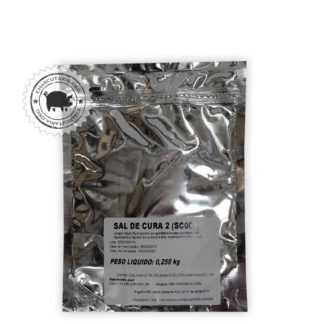 Curing salt 2R$ 8,00
Curing salt 2R$ 8,00 -
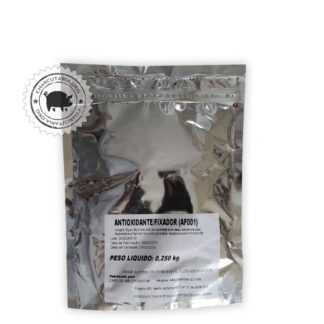 Fixative AntioxidantR$ 23,00
Fixative AntioxidantR$ 23,00 -
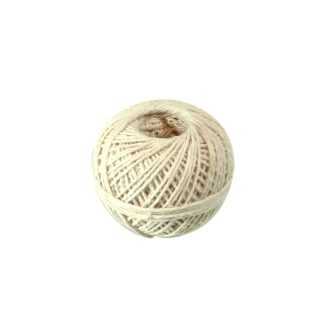 Culinary twineR$ 7,90
Culinary twineR$ 7,90 -
 Starter CultureR$ 69,90
Starter CultureR$ 69,90 -
 Culinary elastic net 50mmR$ 15,00
Culinary elastic net 50mmR$ 15,00 -
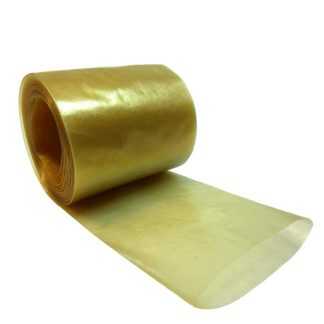 Collagen casing 45mm roll 5 meters salamiR$ 25,00
Collagen casing 45mm roll 5 meters salamiR$ 25,00 -
 Culinary elastic net 65mmR$ 18,00
Culinary elastic net 65mmR$ 18,00 -
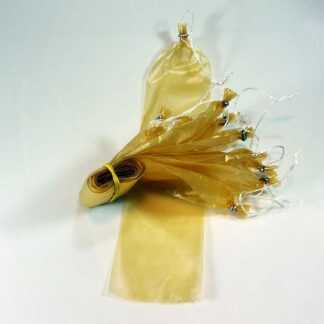 Salami collagen casing 45mm 10 units tiedR$ 22,00
Salami collagen casing 45mm 10 units tiedR$ 22,00 -
 Collagen casing 80mm cup and salamiR$ 29,90
Collagen casing 80mm cup and salamiR$ 29,90 -
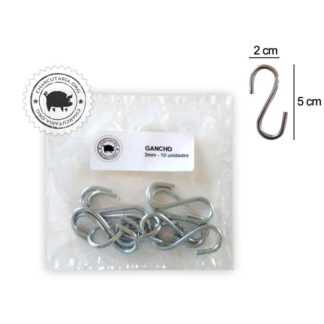 Galvanized HookR$ 12,00
Galvanized HookR$ 12,00 -
 Salami collagen casing 50mm 10 units tiedR$ 24,00
Salami collagen casing 50mm 10 units tiedR$ 24,00

